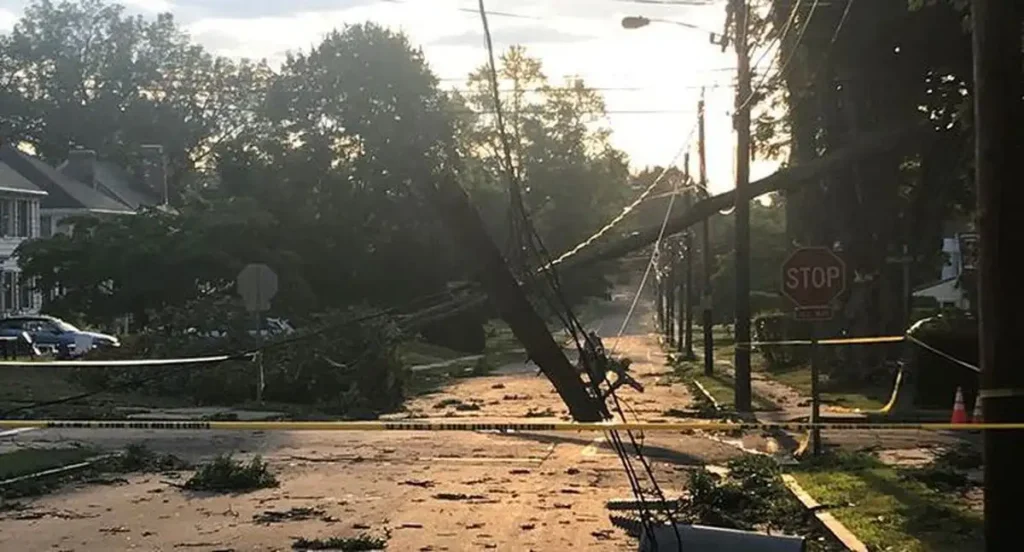
Learn about the crucial role of portable storage units in disaster recovery and emergency preparedness, providing secure and flexible solutions.
In an era where natural disasters and unforeseen emergencies are increasingly frequent, the importance of disaster recovery and emergency preparedness cannot be overstated. Preparedness is crucial for safeguarding lives and ensuring the continuity of operations in both private and public sectors. While many strategies and tools are employed in disaster recovery plans, one often overlooked yet vital component is portable storage.
This blog post delves into the indispensable role of portable storage in disaster recovery and emergency preparedness, providing expert insights for homeowners, small businesses, emergency managers, first responders, and mayors.
The Role of Portable Storage in Disaster Recovery and Emergency Preparedness
Portable storage units, also known as mobile storage containers or pods, are versatile and adaptable solutions designed to store and transport essential items during emergencies. These units can be quickly deployed and relocated, making them ideal for various emergency scenarios, including natural disasters, pandemics, and large-scale evacuations.
Definition and Versatility
Portable storage units come in various sizes and configurations, offering flexibility for different needs. They are typically made of durable materials and are designed to withstand harsh weather conditions, ensuring the protection of stored items. Their versatility allows them to be used in a wide range of emergencies, from providing temporary shelter and medical facilities to storing essential supplies and equipment.
Historical Examples
The effectiveness of portable storage has been demonstrated in numerous past disasters. For instance, during Hurricane Katrina, portable storage units were used to store medical supplies and equipment, enabling quick access for first responders. Similarly, during the COVID-19 pandemic, portable storage units were repurposed as testing sites and temporary medical facilities, aiding in the containment and treatment efforts.
Benefits of Using Portable Storage in Emergency Management
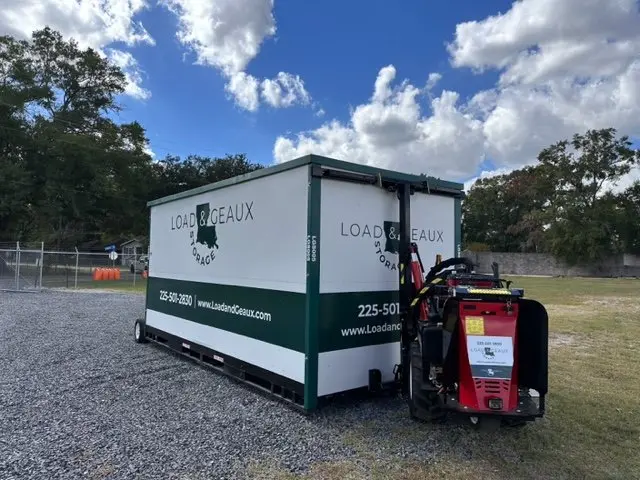
Quick Deployment and Setup
One of the primary advantages of portable storage units is their rapid deployment and setup. In the wake of a disaster, time is of the essence. Portable storage units can be quickly transported to the affected area and set up within hours, providing immediate relief and support.
Secure Storage of Vital Equipment, Documents, and Supplies
Security is a critical concern during emergencies. Portable storage units offer a secure solution for storing vital equipment, important documents, and essential supplies. Their robust construction and secure locking mechanisms protect these items from theft and environmental damage.
Flexibility to Adjust to Changing Needs
Disasters are unpredictable, and needs can change rapidly. Portable storage units offer the flexibility to adapt to these changing needs. They can be easily relocated to different sites as required and repurposed for various functions, from storage to temporary shelters.
Case Studies and Real-Life Examples
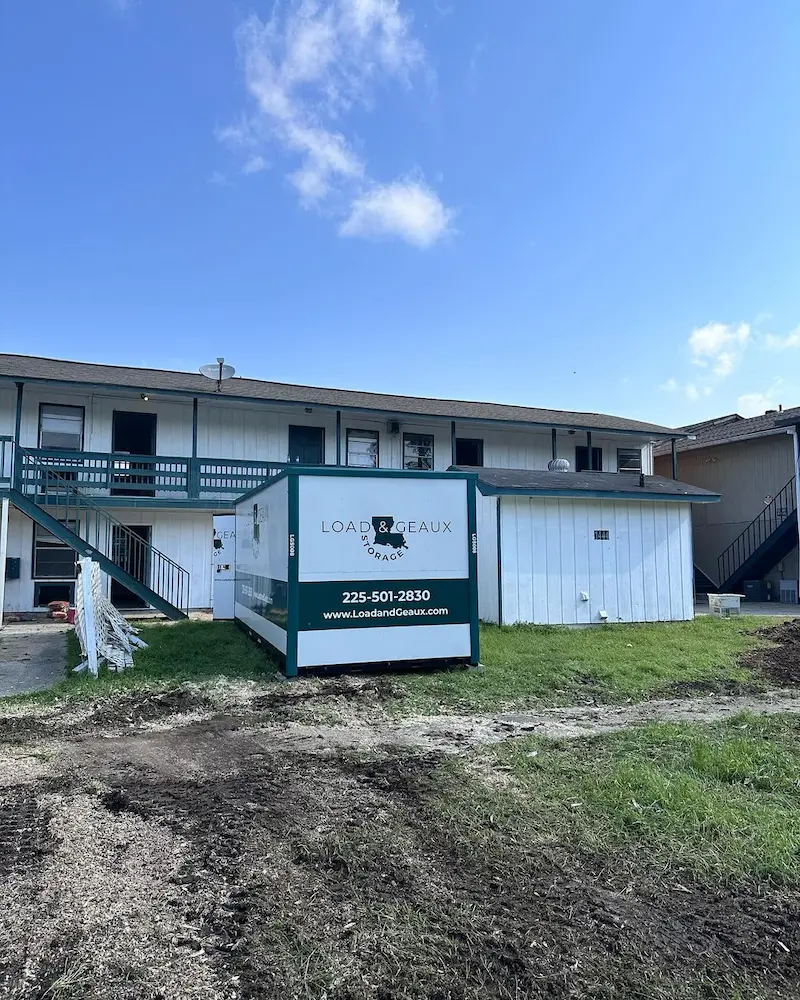
Hurricane Katrina
During Hurricane Katrina, portable storage units were crucial in disaster response efforts. They were used to store and distribute medical supplies, food, and water, ensuring these essential items were readily available to those in need. The ability to quickly deploy and set up these units helped first responders coordinate their efforts more effectively.
COVID-19 Pandemic
The COVID-19 pandemic saw an innovative use of portable storage units as temporary medical facilities and testing sites. This helped expand the capacity of healthcare facilities and provided a secure and isolated environment for testing and treatment, thereby reducing the spread of the virus.
Wildfires in California
In recent years, California has experienced devastating wildfires, leading to large-scale evacuations and property damage. Portable storage units have been instrumental in providing temporary housing and storing personal belongings for displaced residents. Their flexibility and durability make them ideal solutions in such volatile conditions.
Best Practices for Incorporating Portable Storage in Disaster Recovery Plans
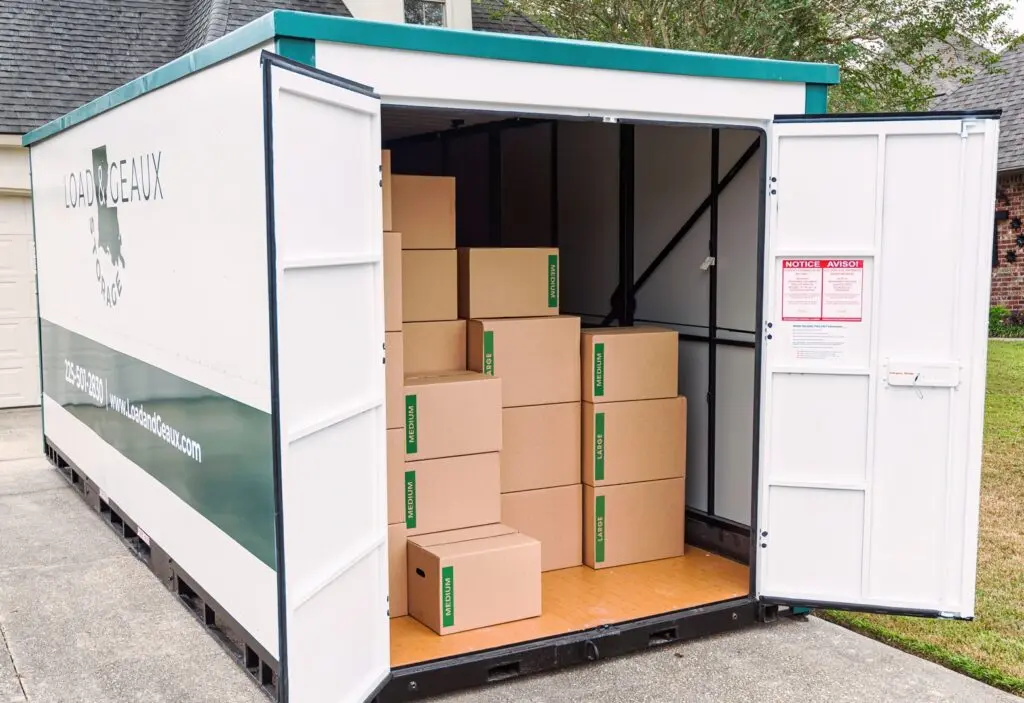
Pre-Planning for Storage Needs
Effective disaster recovery begins with pre-planning. Based on potential scenarios, identify the types of portable storage units needed and determine the quantity. Work with suppliers to ensure the units can be quickly mobilized.
Collaboration with Local Authorities and Emergency Management Agencies
Collaboration is vital to successful emergency management. Work closely with local authorities and emergency management agencies to integrate portable storage into broader disaster recovery plans. This ensures a coordinated and efficient response when disaster strikes.
Ensuring Security and Accessibility
While portable storage units offer secure storage, protocols are essential to ensure the security of stored items. Regularly inspect the units for vulnerabilities and ensure only authorized personnel have access. Additionally, ensure that the units are easily accessible, even in challenging conditions.
Challenges and Future Trends in the Use of Portable Storage for Emergency Preparedness
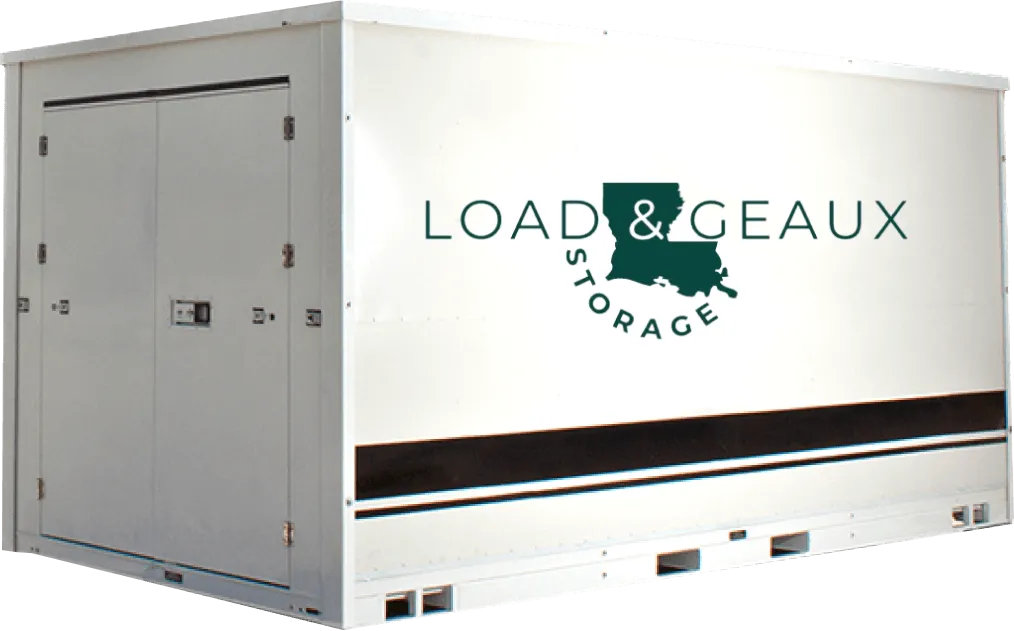
Challenges
- Logistical Challenges: Transporting and setting up portable storage units in disaster-stricken areas can be challenging due to damaged infrastructure and limited access.
- Cost Considerations: The initial investment in portable storage units can be high, and ongoing maintenance costs must be factored into disaster recovery budgets.
- Coordination: Ensuring seamless coordination between various agencies and stakeholders can be complex, particularly in large-scale emergencies.
Future Trends
- Smart Storage Solutions: Integrating technology into portable storage units, such as IoT sensors and GPS tracking, can enhance their functionality and provide real-time data on the status and location of stored items.
- Sustainable Materials: The use of eco-friendly and sustainable materials to construct portable storage units is gaining traction, aligning with broader environmental goals.
- Modular Designs: Future portable storage units may feature modular designs that allow for easy customization and repurposing, catering to a broader range of emergency scenarios.
Conclusion
Portable storage units are the unsung heroes of emergency preparedness and disaster recovery. Their quick deployment, secure storage capabilities, and flexibility make them invaluable assets in managing emergencies effectively. Homeowners, small businesses, emergency managers, first responders, and mayors can enhance their resilience and ensure a more coordinated and efficient disaster response by incorporating portable storage into disaster recovery plans.
As we look to the future, the role of portable storage in emergency preparedness will continue to evolve, driven by technological advancements and a growing emphasis on sustainability. By staying informed and adopting best practices, we can harness portable storage’s full potential to safeguard lives and property in times of crisis.
Contact us today for more information on incorporating portable storage into your disaster recovery plans or to explore our range of portable storage solutions. Together, we can build a safer, more resilient future. Or, fill out the form below to get started today!